Question 1: Why are the extended-range electric vehicles that solve the “mileage anxiety” not to be seen in the new energy vehicle market?
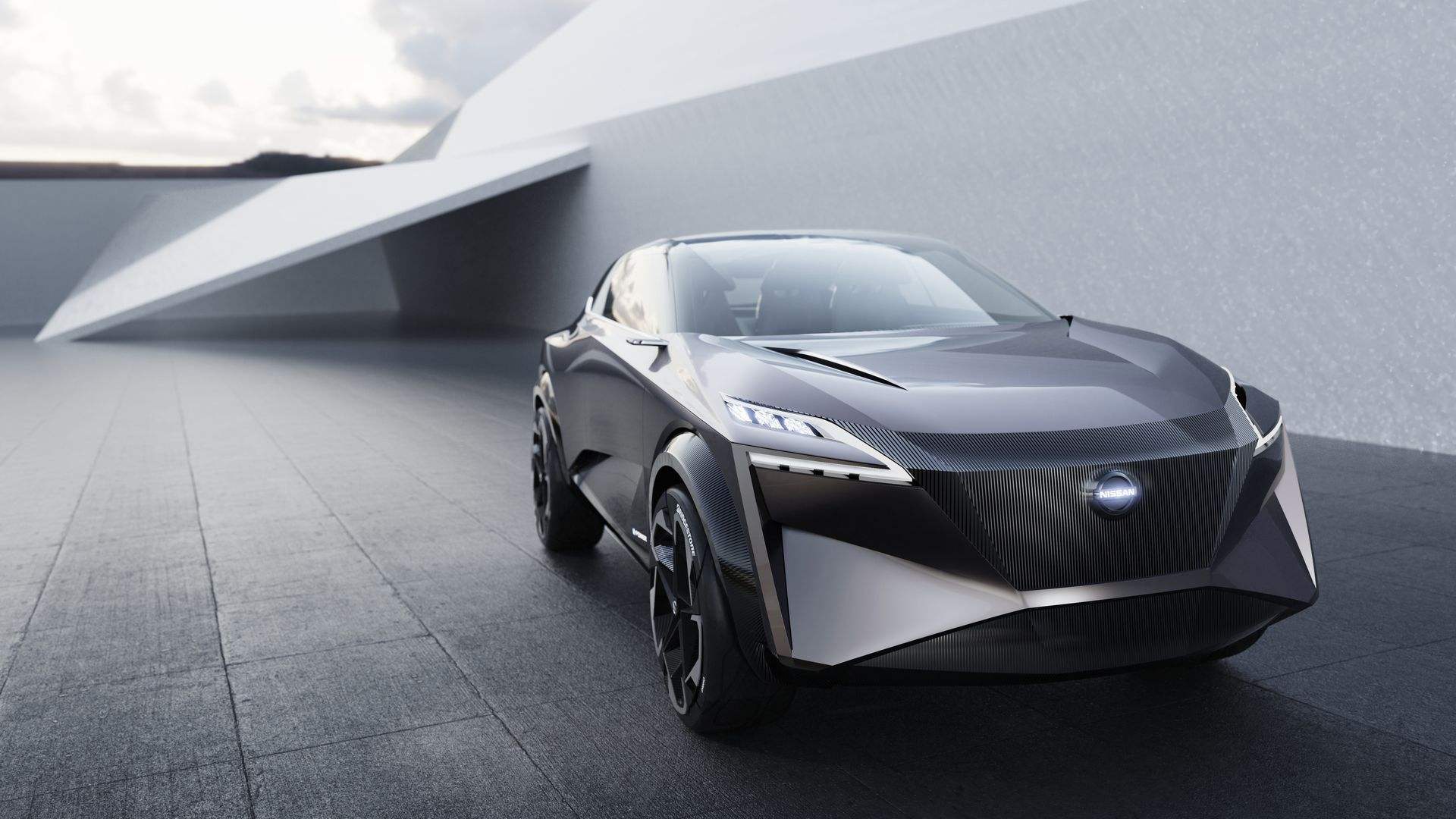
I believe that most people have never seen an extended-range electric car on the road, and some people still don't know what an extended-range electric car is. The extended-range electric vehicle is based on a pure electric vehicle and is equipped with a small auxiliary generator set to charge the battery when the battery is low. It drives the vehicle directly by the motor, and the engine and generator do not participate in the drive.

Compared with the pure electric vehicles that are common in the market, the biggest feature of the extended-range electric vehicle is that there is no “mileage anxiety” because it has a power generation system to charge the battery, thereby increasing the pure electric range. However, at present, such extended-range electric vehicles are still very rare in the market. There have been many car companies that have put the projects of extended-range electric vehicles on the agenda, but for various reasons, the extended-range electric vehicles have not been promoted in China. As a result, the market acceptance is far less than other new energy models, resulting in even fewer models of electric vehicles that are currently on sale.
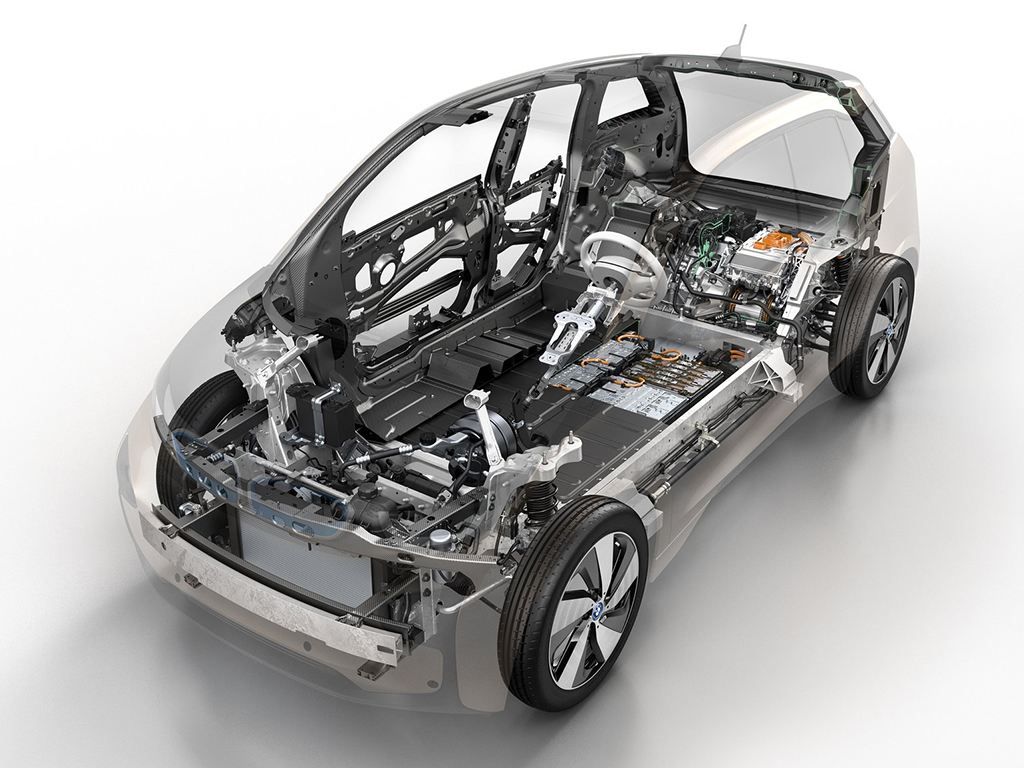
Unlike pure electric vehicles that come from “oil to electricity”, it is difficult for extended-range electric vehicles to be developed on traditional fuel vehicle platforms. Therefore, the first task of the car company is to develop a new platform with exclusive extensions to be compatible with the layout of the motor, engine, generator, etc., but obviously this is a very huge input cost, not every car can afford .
Technical complexity is also a major problem for the extended program, which requires the vehicle company to master both technologies of the three-electric system and the power generation system. This is not to mention, because the engine is added to generate electricity, so we must find ways to solve other problems caused by the extended program system, such as engine noise, ride comfort, power performance, energy efficiency, cooling system and so on. In general, the development of extended-range electric vehicles requires a lot of cost and effort.
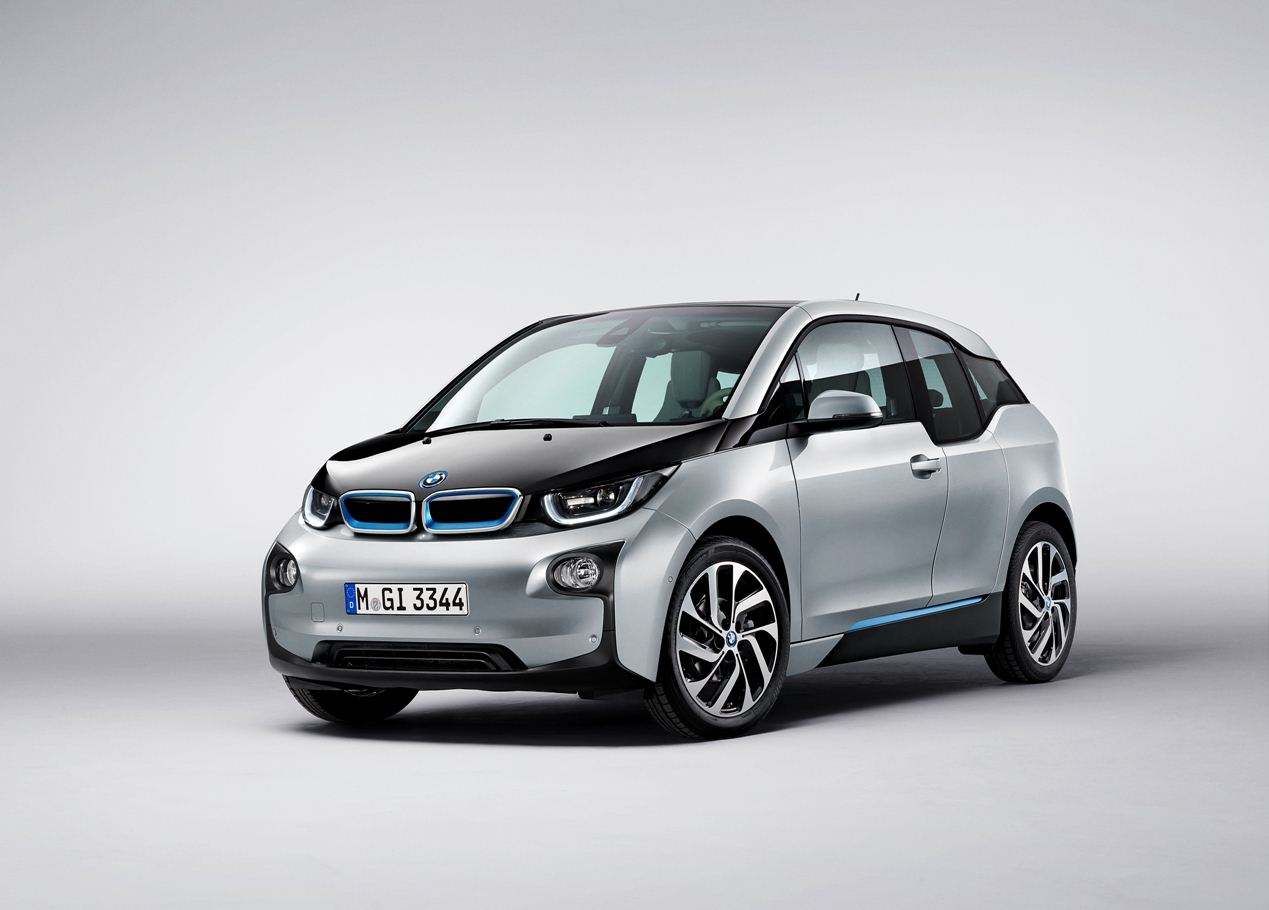
The price is the best to explain the high cost of the extended-range electric vehicle. For users, the higher price of the extended-range electric vehicle is the first factor that restricts their purchase. Taking the 2018 BMW i3 as an example, the extended version is 66,000 yuan more expensive than the pure version, with a price of 405,800 yuan and a NEDC cruising range of less than 400 kilometers. Buick VELITE 5 is also an increase in the price of electric vehicles, the starting price of 229,800 yuan also made many people discouraged.
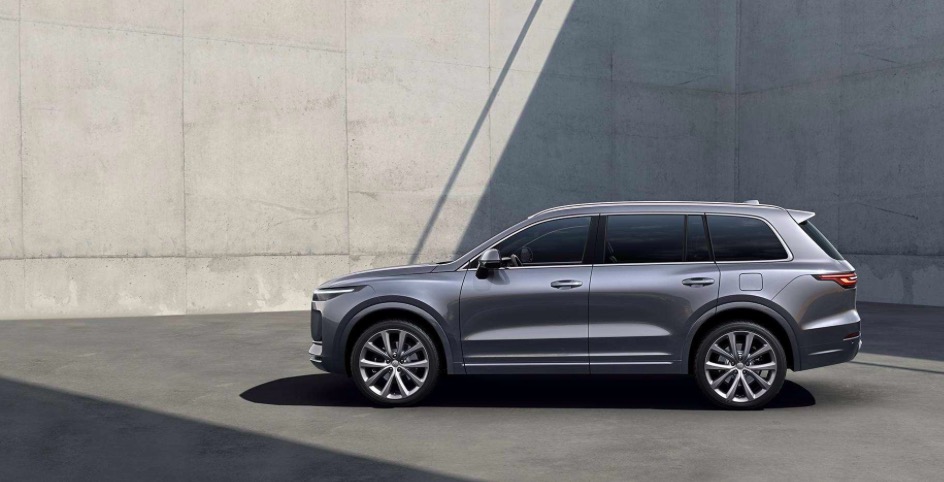
The reason why pure electric vehicles can develop so fast is that they cannot be separated from the policy. In contrast, the extended-range electric car is not so lucky, although it is also in the category of new energy vehicles, but the market role of the extended program has been special. In terms of subsidies, the incremental program is also far from the pure electric vehicle.
Question 2: What is “oil to electricity”? Why is it so popular in the new energy vehicle market?
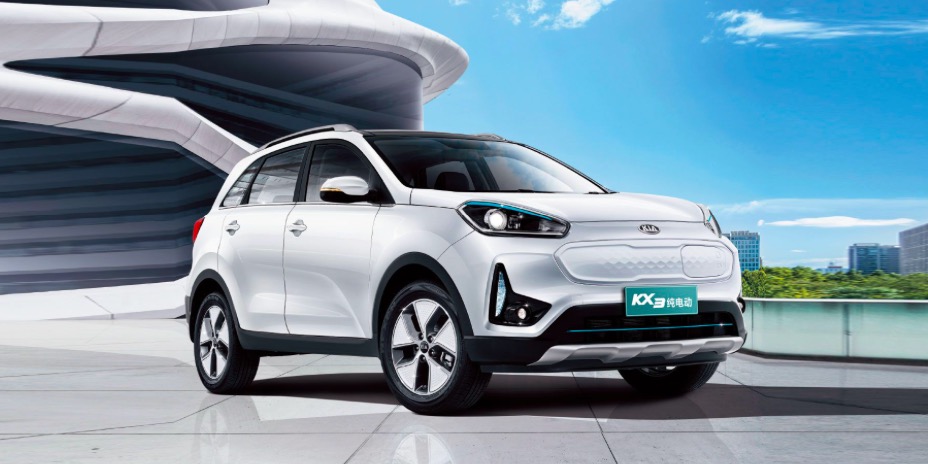
At present, the mainstream of China's new energy vehicle market is a pure electric vehicle that comes from “oil to electricity”. To put it simply, the “oil-to-electricity” system is to directly transplant the three-electric system on the original fuel vehicle platform, and even the exterior interior can be changed without any change, and a pure electric vehicle can be produced.
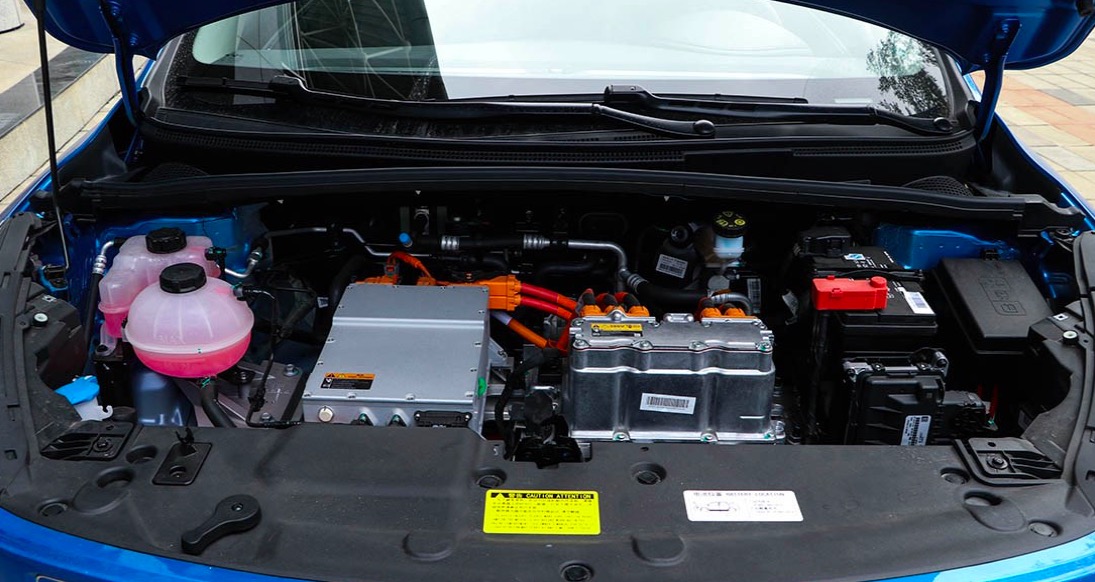
For car companies, the biggest advantage of “oil-to-electricity” is to reduce the research and development cost of pure electric vehicles and greatly shorten the development cycle. Generally, a “new” pure electric vehicle can be born in less than three years. It can be said that in the form of no breakthrough in power battery technology and cost, most car companies have chosen the "oil to electricity" approach to meet user needs. After all, the current market evaluation of pure electric vehicles has a relatively simple standard, and the core elements are nothing more than price and battery life.

Although the "oil to electricity" method is beneficial to some car companies and users, in the long run, "oil to electricity" has insurmountable technical bottlenecks, and it is destined to find technical highlights on the "oil to electricity" products. In addition, because the original fuel vehicle platform can expand the space is very limited, if the forced compatibility of the motor and battery will lead to changes in the original structural layout, such as encroaching on the trunk space, driving control performance is reduced, and limited by the fuel tank chassis layout The battery pack capacity is generally not large, so the pure electric vehicle from the "oil to electricity" is also difficult to break through in terms of battery life.

At this stage, "oil to electricity" is a research and development method, but it is not, and should not be, the development trend of the new energy vehicle market in the future. Fortunately, some car companies have realized this trend and started to return to the direction of R&D, and developed exclusive electric production platforms, such as BYD, SAIC, Geely and so on.
















 RCCN WeChat QrCode
RCCN WeChat QrCode Mobile WebSite
Mobile WebSite